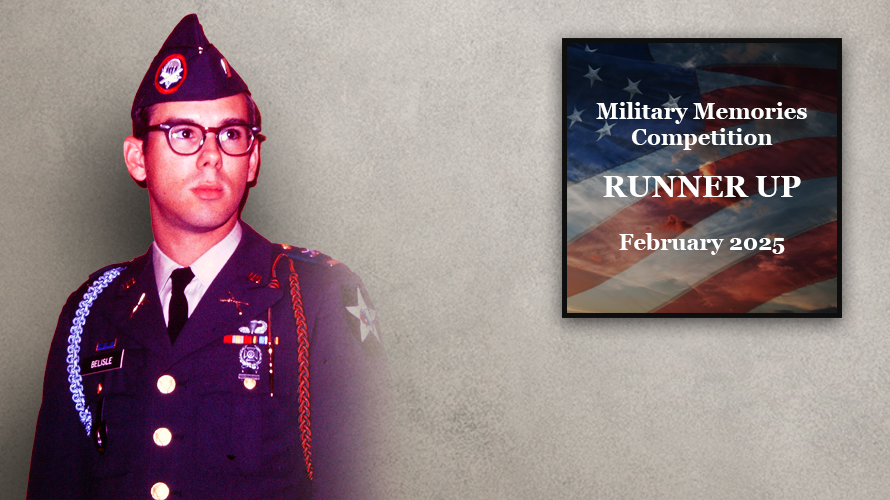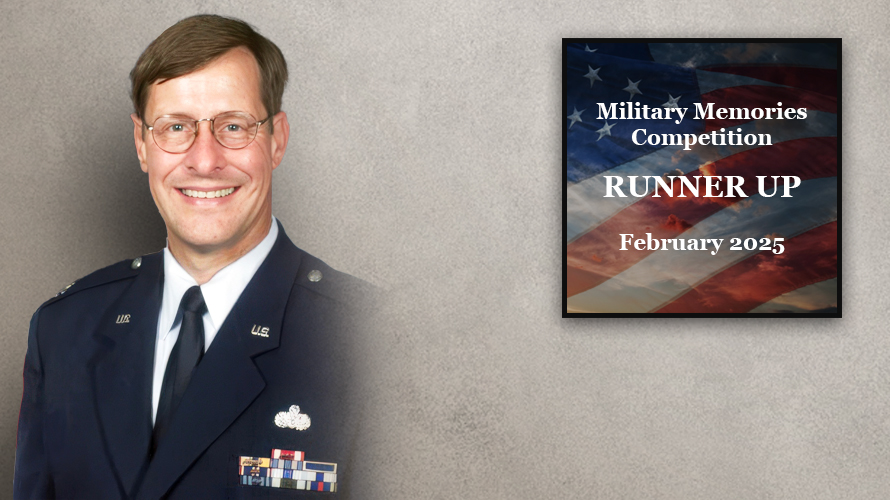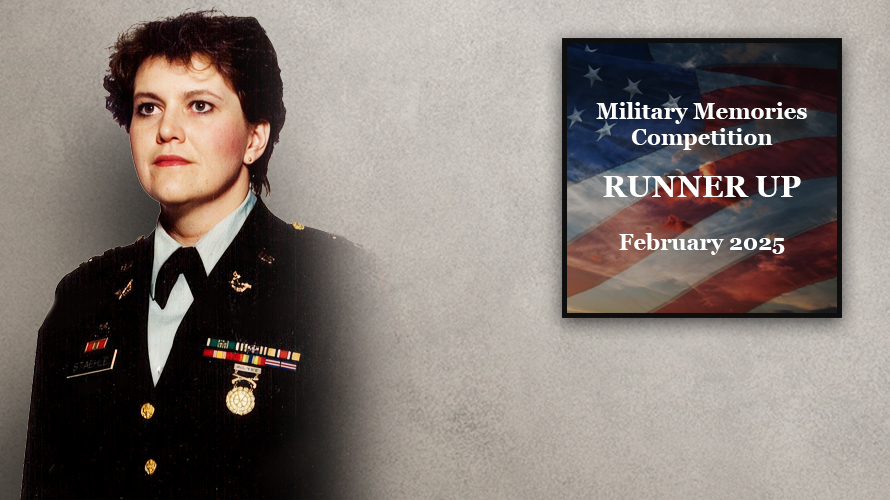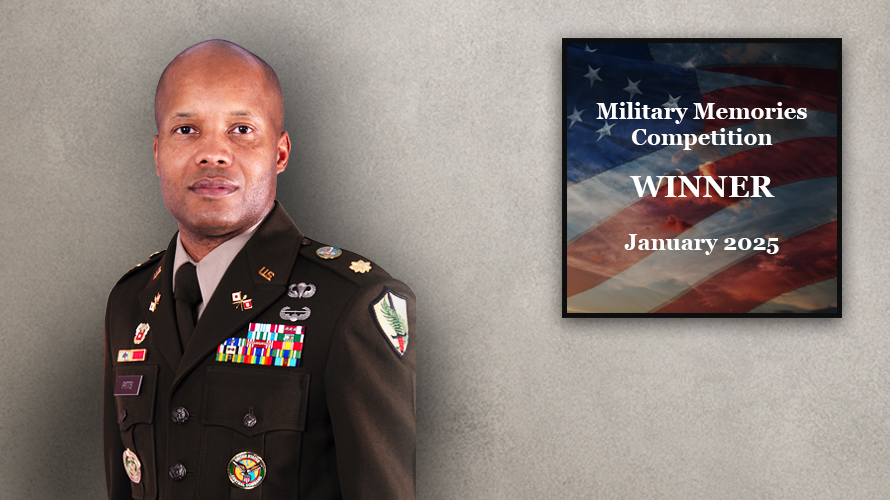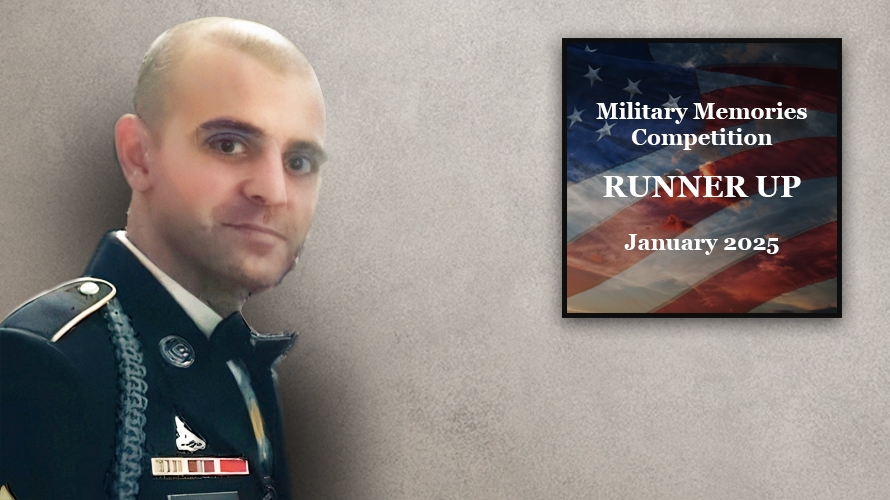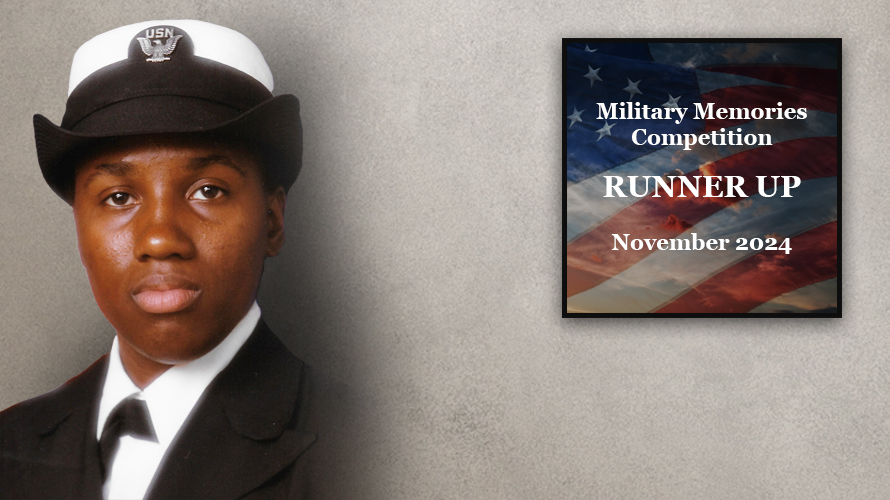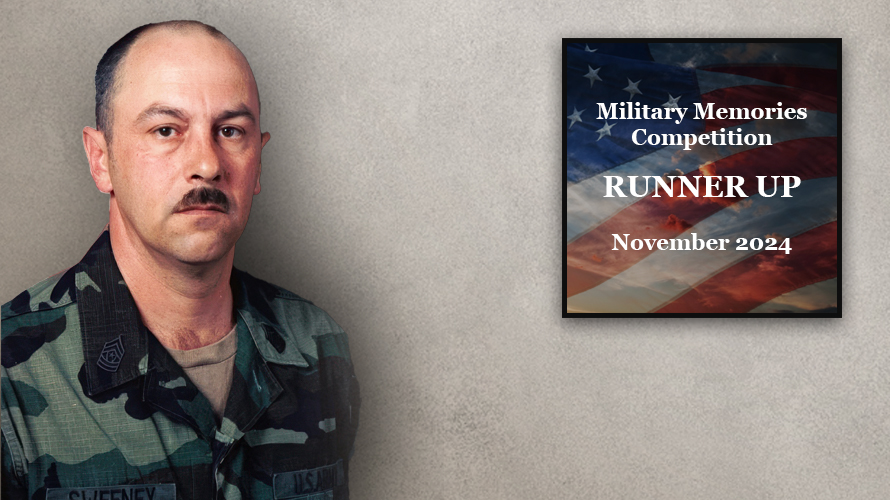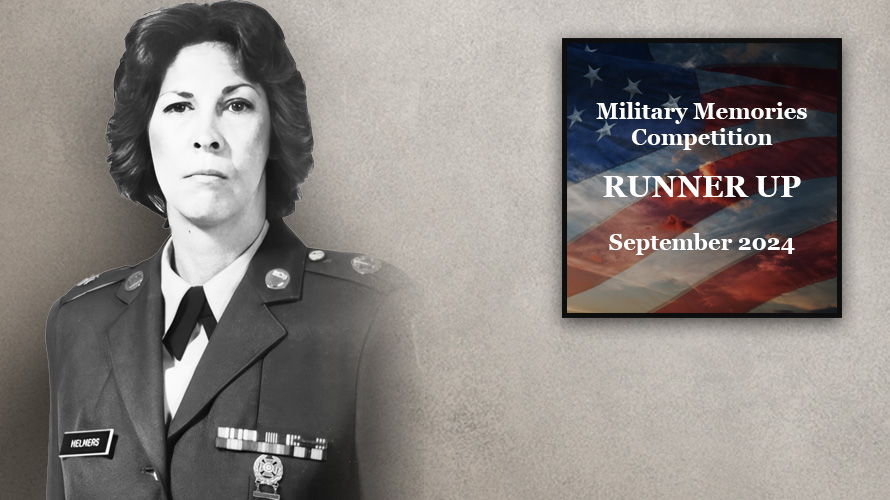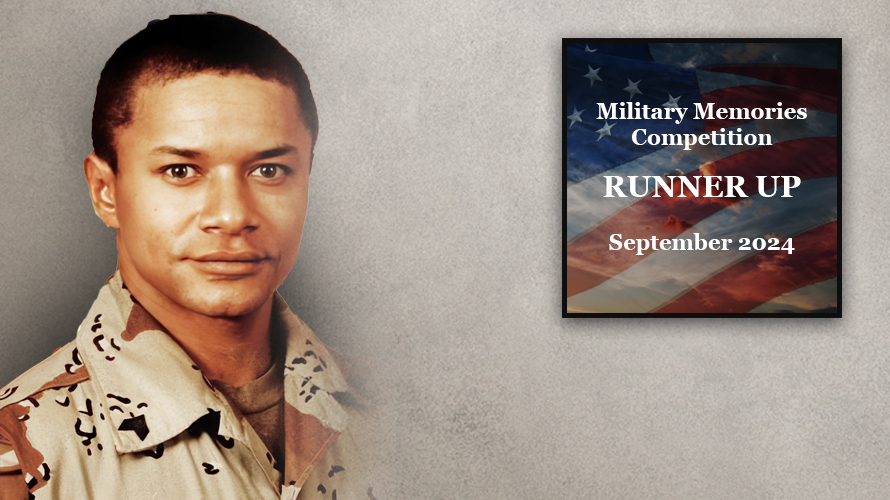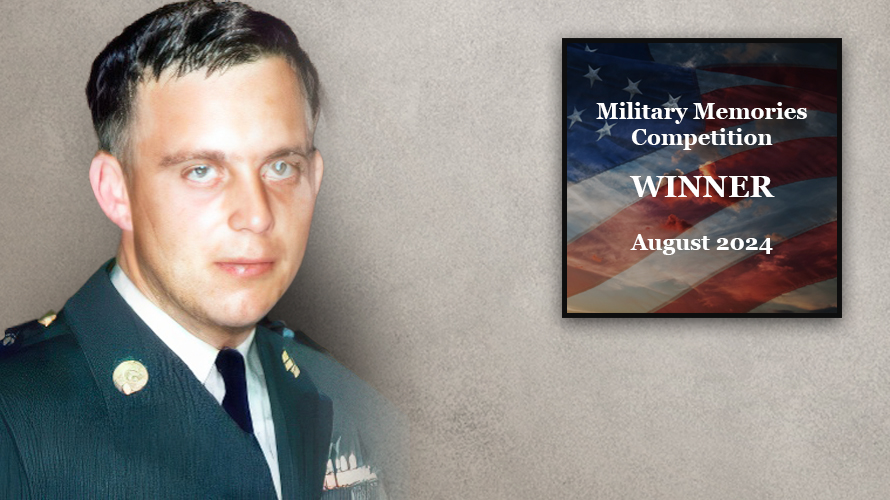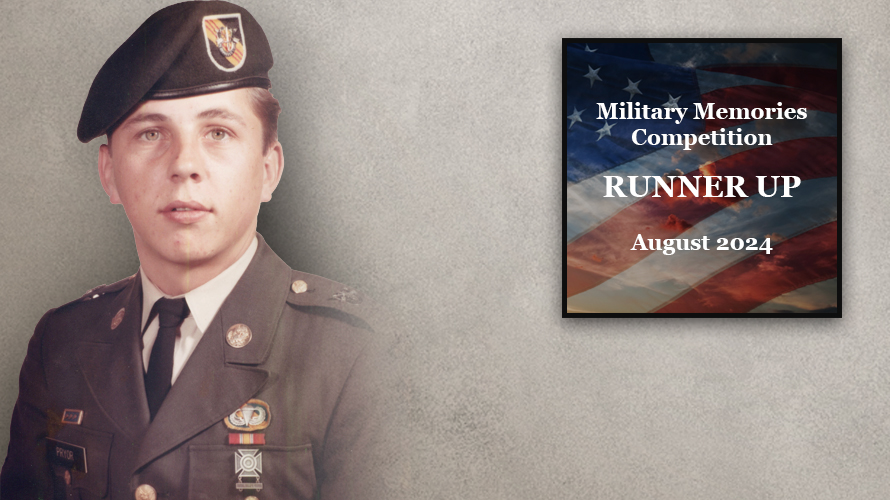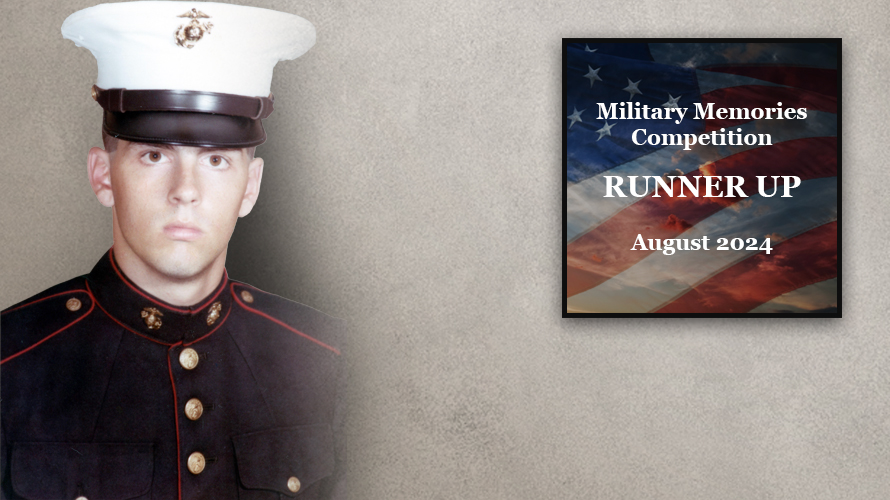What Was Your Most Proud Moment From Your Military Service? What Made This Especially Memorable For You?:
ARMY COMMISSIONING On a beautiful summer weekend in 1968, I graduated from Worcester Polytechnic Institute (WPI), located in Massachusetts. College graduation for the Class of 1968 was scheduled for two days. An ROTC Commissioning Ceremony was held on Saturday, June 8. On Sunday, we went through the formal college graduation ceremony and got our diplomas. Before the Commissioning Ceremony on Saturday, our Army Green ROTC attire was transformed into Class “A” Army uniforms. Stripes were sewn on the legs of our trousers and the sleeves of our blouses. We replaced all our school emblems and badges with brass appropriate for Active Duty U.S. Army uniforms. We each wore Officer’s insignia and a Gold Band on our caps. We were to make sure our uniforms and haircuts were of the highest caliber. Missing, however, was any rank on our shoulder epaulets! Our gold Second Lieutenant rank would be pinned on after the ceremony.
